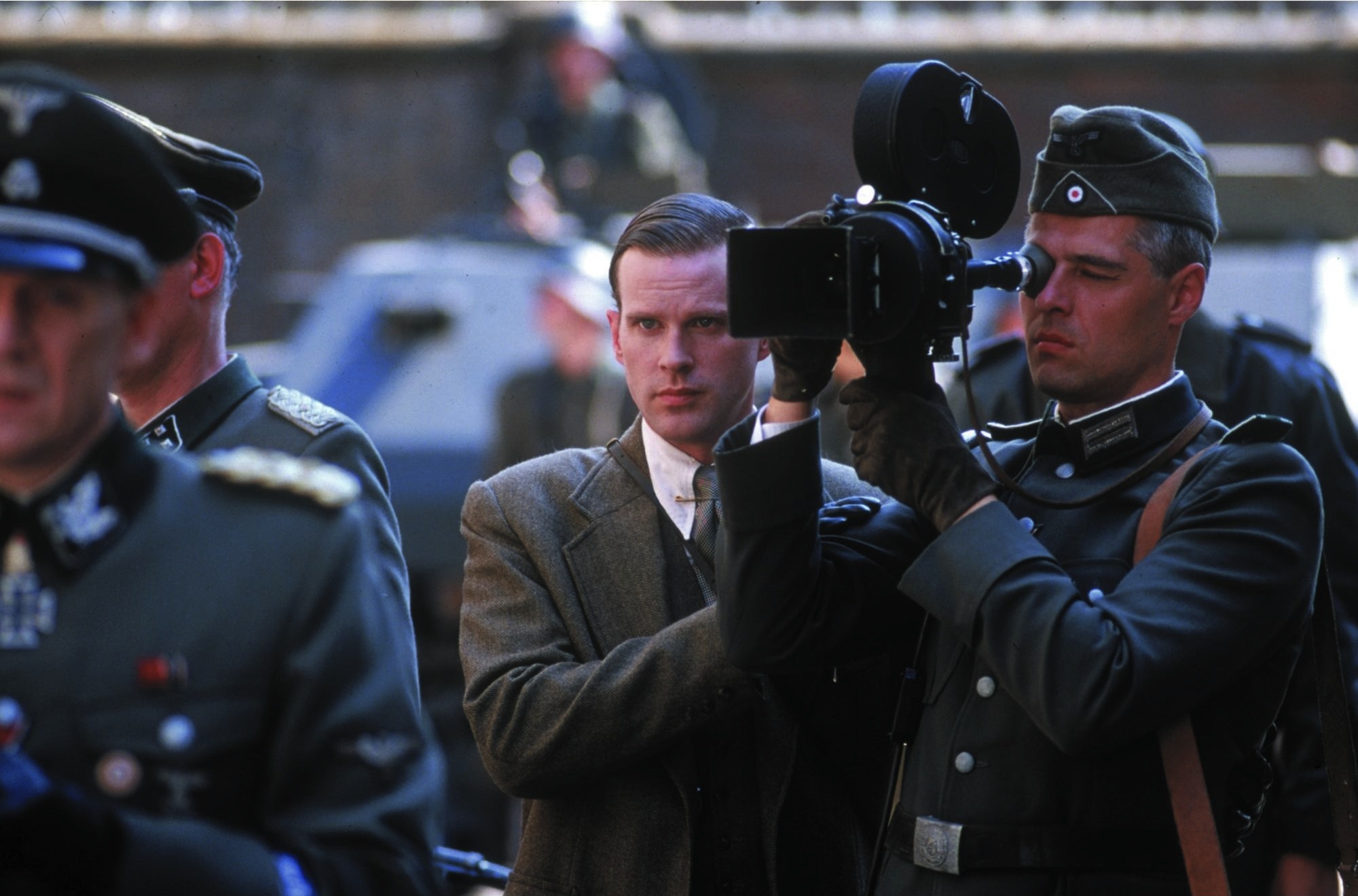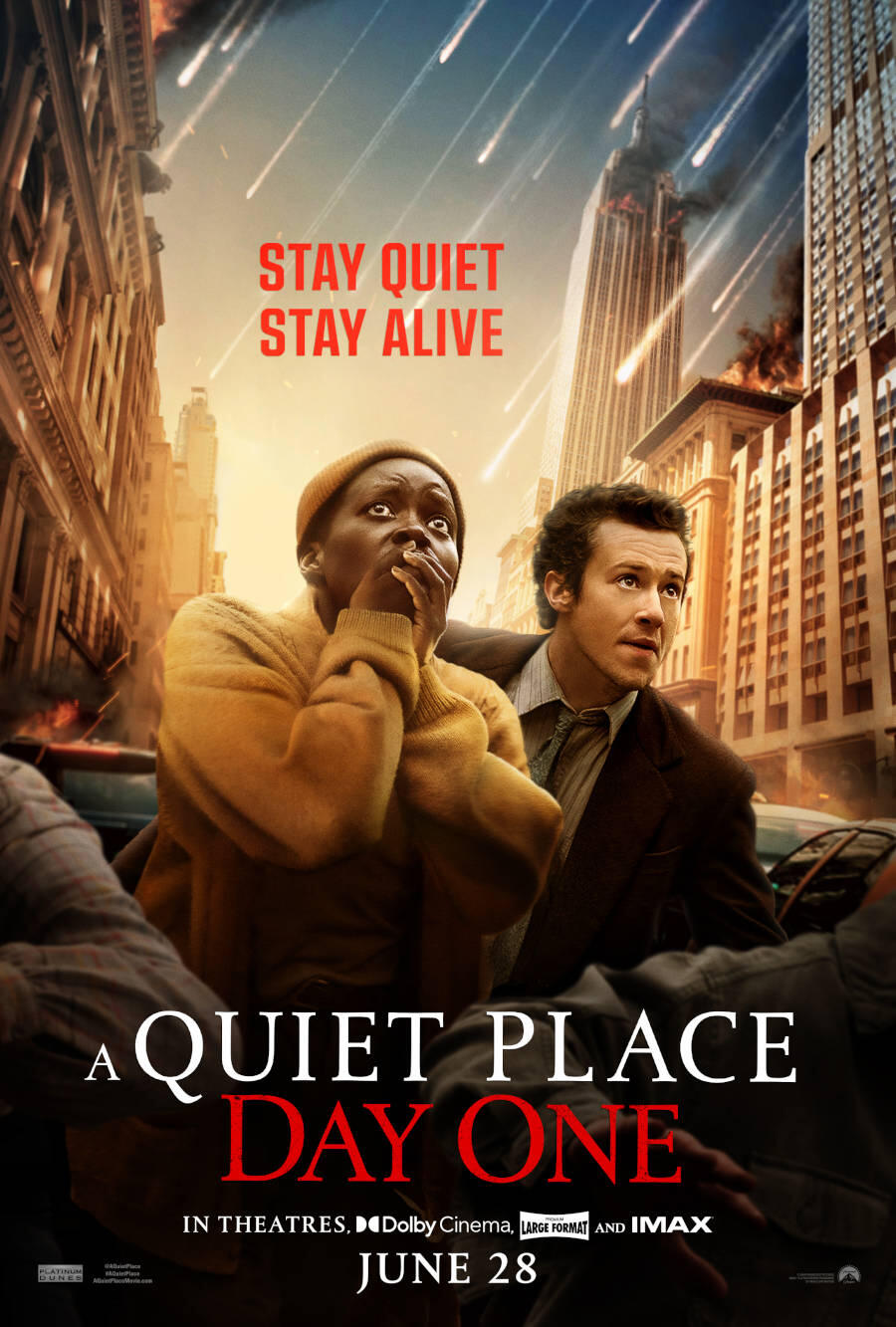“Artifact Uprising: A Realistic Investigation of Revolt and Opposition” is a provocative film that digs into the force of film to reflect and rouse demonstrations of resistance. By exhibiting a scope of stories — from verifiable uprisings to fictitious stories — the film looks at how imaginative articulation encapsulates obstruction and the mission for equity. Through strong symbolism and convincing narrating, it features the voices of the individuals who stand against abuse, welcoming watchers to draw in with the intricacies of revolt. At last, “Relic Uprising” highlights the critical job of film in molding cultural talk and spurring change, making it a crucial investigation of workmanship as a type of activism.
What Defines an Uprising Movie

An uprising film is characterized by its attention on defiance or opposition against abusive powers, whether they be state run administrations, frameworks, or degenerate pioneers. These movies frequently focus on an impetus that ignites the uprising, with heroes — frequently hesitant from the get go — arising as pioneers who motivate aggregate activity. Uprising motion pictures accentuate topics of opportunity, equity, and moral intricacy, investigating the individual and cultural penances associated with resistance. Imagery and genuinely charged minutes are key components, with the movies frequently leaving watchers with a message of trust or a source of inspiration against continuous injustice. Artifact Uprising: Raising Individual Photography into Immortal Craftsmanship
Historical Uprisings on Film
Authentic uprisings on film carry genuine uprisings to the screen, encapsulating opposition against abusive systems, colonization, or social treachery. These movies frequently depict famous occasions like the American Insurgency (The Patriot), the battle for Scottish freedom (Braveheart), or the Social liberties Development (Selma). They portray the battles of people and gatherings who ascend against overpowering chances, mixing truth with emotional narrating. By retelling these critical minutes, verifiable uprising films honor the penances of those required as well as consider the widespread battle for opportunity and equity across times.
Fictional Uprisings: Allegory and Imagination

Fictitious uprisings in film use purposeful anecdote and creative mind to investigate subjects of opposition and defiance in universes distant from the real world. Films like The Appetite Games or V for Vendetta present tragic prospects where abusive systems control society, and overcome people touch off transformations. These accounts act as analogies for genuine battles, featuring issues like dictatorship, imbalance, and the human longing for opportunity. Through innovative settings and emblematic narrating, fictitious uprising films urge crowds to ponder contemporary treacheries while offering exciting stories of rebellion and trust.
The Human Element of Uprisings
The human component in uprising films is key to their close to home and account influence. These movies feature the individual battles, penances, and moral predicaments looked by people trapped in defiance. Whether it’s a hesitant legend ascending to lead or regular individuals banding together for a typical reason, the emphasis on human feelings — dread, trust, misfortune, and assurance — grounds the bigger subjects of opposition. Uprising films catch how normal individuals, driven by a craving for opportunity and equity, can make exceptional change, reminding crowds that upsets are based on human boldness and flexibility.
Modern Relevance and Uprising Films
Uprising films hold current significance by reflecting contemporary social and political battles, reverberating with crowds confronting issues like imbalance, dictatorship, and social liberties infringement. These films, whether verifiable or fictitious, go about as mirrors to recent developments, helping watchers to remember the continuous battle for equity and opportunity all over the planet. Accounts of disobedience, like those in The Yearning Games or Selma, rouse mindfulness and activity, offering strong discourse on the results of persecution. By exhibiting the persevering through human soul to oppose and ascend against shamefulness, uprising films remain significantly pertinent in the present society.
Conclusion: A Genre of Revolution
All in all, uprising films structure a special kind that catches the embodiment of upset, disobedience, and obstruction. Whether depicting verifiable occasions or envisioning tragic prospects, these movies reverberate with widespread topics of opportunity, equity, and human boldness. Through strong narrating and genuinely charged characters, uprising motion pictures help us to remember the persevering through battle against persecution and the extraordinary force of aggregate activity. By featuring both the penances and the triumphs of the people who face foul play, they keep on rousing crowds and remain socially huge across times.



